Home>Garden Essentials>How To Use Landscaping Pavers And Ground Cover On A Hill
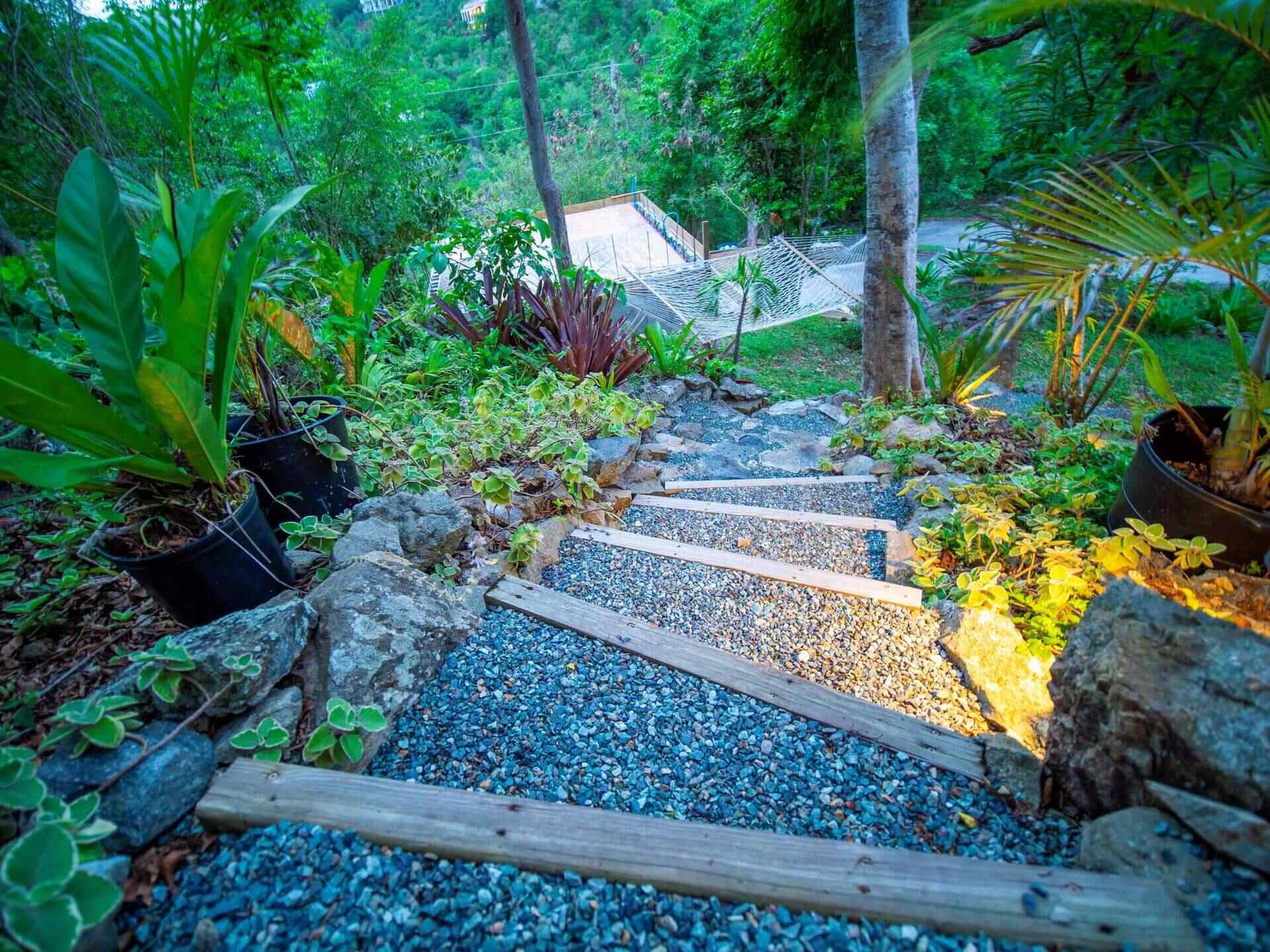

Garden Essentials
How To Use Landscaping Pavers And Ground Cover On A Hill
Modified: May 6, 2024
Learn how to use landscaping pavers and ground cover to transform your garden on a hill. Create a stunning and functional outdoor space with our expert tips and techniques.
(Many of the links in this article redirect to a specific reviewed product. Your purchase of these products through affiliate links helps to generate commission for Storables.com, at no extra cost. Learn more)
Introduction
Welcome to the world of landscaping! If you have a hill in your garden or backyard, you might be wondering how to transform it into a beautifully designed space. One of the key elements in creating a visually appealing and functional hillside landscape is the use of landscaping pavers and ground cover. In this article, we will explore the importance of choosing the right materials and methods for your hillside landscaping project.
Landscaping pavers are versatile materials that can be used to create pathways, terraces, or retaining walls on a hill. They not only reinforce the structure of the slope but also add aesthetic value to the landscape. On the other hand, ground cover serves as a living carpet that prevents erosion, controls weed growth, and enhances the overall look of the hill.
By selecting the appropriate landscaping pavers and ground cover, you can create a visually stunning and sustainable hillside landscape. So, let’s dive into the details of choosing the right materials and installing them properly to make your hillside the envy of the neighborhood!
Key Takeaways:
- Transform your hill into a stunning landscape by using landscaping pavers and ground cover. Choose the right materials, prepare the area, and select suitable plants for a visually appealing and sustainable hillside.
- Prevent erosion, control weed growth, and enhance the beauty of your hill with the right ground cover. Consider site conditions, maintenance, and plant selection to create a lush and vibrant hillside landscape.
Read more: How To Plant Ground Cover Between Pavers
Choosing the Right Landscaping Pavers
When it comes to choosing the right landscaping pavers for your hillside project, there are several factors to consider. These factors include the style and theme of your overall landscape design, the slope of the hill, and your budget. Let’s take a closer look at these considerations:
Factors to Consider
The style and theme of your landscape design: You want your pavers to complement the overall aesthetic of your garden. Whether you prefer a modern, rustic, or traditional look, there are pavers available in various colors, shapes, and textures to suit your preferences.
The slope of the hill: The degree of slope will influence the type of paver and installation method you choose. Steeper slopes may require pavers with greater traction or additional reinforcement to prevent slippage and erosion.
Your budget: Pavers come in a range of prices, so it’s important to determine your budget before making a decision. Keep in mind that high-quality pavers may be more durable and require less maintenance in the long run, potentially saving you money in the future.
Types of Pavers to Use
There are various types of pavers available for hillside landscaping projects. Some common options include:
- Concrete pavers: These versatile pavers are durable and come in a wide range of sizes, shapes, and colors. They can be arranged in different patterns to create visually appealing designs.
- Natural stone pavers: Natural stone pavers, such as granite, limestone, or slate, add a touch of elegance and sophistication to any landscape. They are known for their durability and timeless appeal but can be more expensive.
- Interlocking pavers: Interlocking pavers are easy to install and provide stability due to their interlocking design. They are available in a variety of materials, including concrete and clay, and offer flexibility in design.
Preparing the Hill for Paver Installation
Before you begin installing the pavers, it’s crucial to prepare the hill to ensure a stable and long-lasting foundation. Here are the steps involved in preparing the hill for paver installation:
- Clear the area: Remove any existing vegetation or debris from the hillside to create a clean workspace.
- Grade the slope: If necessary, level the slope using a shovel, rake, or a small excavator to create a more even surface for the paver installation.
- Add a base material: Depending on the slope and soil type, you may need to add a base material, such as crushed stone or gravel, to improve stability and drainage.
- Compact the base: Use a plate compactor to compact the base material, ensuring it is firm and stable.
With the hill properly prepared and the right pavers chosen and ready to go, you’re on your way to creating a stunning hillside landscape. In the next section, we will explore the importance of selecting the right ground cover for your hillside project.
Read more: How To Mark Ground For Landscaping
Selecting the Ground Cover
When it comes to landscaping a hill, ground cover plays a crucial role in both the aesthetic appeal and functionality of the space. Not only does ground cover add beauty and texture to the hill, but it also helps to prevent erosion, control weed growth, and conserve moisture in the soil. In this section, we will explore the importance of ground cover on a hill, considerations for choosing the right ground cover, and some suitable types of ground cover for hills.
Importance of Ground Cover on a Hill
One of the main reasons ground cover is essential on a hill is to prevent erosion. When rainwater flows down the slope of the hill, it can easily wash away the topsoil, causing the hill to become unstable and unsightly. Ground cover plants help to anchor the soil in place, reducing erosion and maintaining the integrity of the hillside. Additionally, ground cover acts as a natural weed suppressant, reducing the need for excessive maintenance.
Considerations for Choosing Ground Cover
When selecting ground cover for your hillside, there are a few important considerations to keep in mind:
- Site conditions: Consider the sun exposure, soil type, and drainage on the hill. Some ground cover plants thrive in full sun, while others prefer shade. It’s essential to choose plants that are well-suited to the specific site conditions of your hill.
- Maintenance requirements: Determine the level of maintenance you are willing to commit to. Some ground cover plants require regular pruning, while others are low-maintenance and can thrive with minimal care.
- Growth habit: Different ground cover plants have varying growth habits, such as spreading, clumping, cascading, or creeping. Consider the growth habit that suits your aesthetic preferences and desired coverage.
- Drought tolerance: If your hill is exposed to full sun and has limited access to water, choose ground cover plants that are drought-tolerant and can withstand dry conditions.
Types of Ground Cover Suitable for Hills
There are several types of ground cover that are well-suited for hillsides. Here are a few popular options:
- Creeping Juniper: Creeping juniper is a low-maintenance ground cover that forms a dense mat of green foliage. It is drought-tolerant and can withstand poor soil conditions.
- Creeping Thyme: Creeping thyme is a fragrant ground cover that produces small flowers in various colors. It is drought-tolerant, easy to grow, and spreads quickly to cover the hill.
- Periwinkle: Periwinkle, also known as vinca, is a vigorous ground cover with glossy green leaves and purple or white flowers. It is adaptable to various soil conditions and provides excellent erosion control.
- German Ivy: German ivy is a fast-growing ground cover with deep green leaves. It thrives in full sun to partial shade and is ideal for cascading over retaining walls on the hill.
By carefully selecting the right ground cover for your hillside, you can enhance the beauty of the landscape while providing essential erosion control. In the next section, we will explore the steps to prepare the hill for landscaping pavers and ground cover installation.
Preparing the Hill for Landscaping
Before you start installing landscaping pavers and ground cover on your hill, it’s essential to prepare the area properly. Proper preparation ensures a stable foundation, prevents erosion, and creates an environment conducive to healthy plant growth. In this section, we will explore the steps involved in preparing the hill for landscaping.
Assessing the Soil and Drainage
The first step in preparing the hill is to assess the soil and drainage conditions. Check if the soil is well-draining or prone to retaining excessive moisture. Poor drainage can lead to waterlogging and negatively impact the health of plants. If the soil drainage is an issue, consider amending the soil with organic matter or installing a drainage system to ensure water flows away from the hill.
Steps to Prevent Erosion
Erosion control is crucial when landscaping a hill to prevent the loss of topsoil and maintain the stability of the slope. Here are some steps to help prevent erosion:
- Retaining walls: Consider installing retaining walls to terrace the hillside. These walls help to control water runoff, create level planting areas, and prevent soil erosion.
- Mulching: Apply a layer of mulch to the soil surface. Mulch acts as a protective barrier, reducing the impact of rainfall on the soil and preventing erosion.
- Erosion control mats: Use erosion control mats or blankets made from natural materials, such as coir or jute, to stabilize the soil. These mats provide short-term erosion control while allowing plants to establish their root systems.
- Plant cover: Plant ground cover or vegetation that has a dense root structure to anchor the soil and provide erosion control. The roots of these plants help bind the soil together, preventing erosion from wind and rain.
Contouring the Slope for Effective Landscaping
Contouring the slope of the hill is an important step to create a visually appealing and functional landscape. By contouring, you can create level areas for planting, improve water drainage, and enhance the overall design. Here are some tips for contouring the slope:
- Terracing: Create terraced levels by constructing retaining walls or using mounded beds. This helps to break up the slope into more manageable sections and provides distinct planting areas.
- Swales and berms: Incorporate swales or shallow ditches along the contour of the hill to redirect water flow. Berms, on the other hand, are raised areas that can help retain moisture and create focal points in the landscape.
- Plant placement: Strategically place plants on the contour lines of the slope to create a visually appealing and natural look. Consider the growth habits and mature sizes of plants to ensure they are suited to their specific location.
By assessing the soil, taking steps to prevent erosion, and contouring the slope, you are laying a solid foundation for your hillside landscaping project. In the next section, we will dive into the installation process of landscaping pavers on a hill.
Read more: How To Remove Ground Cover
Installing Landscaping Pavers on a Hill
Now that you have prepared the hill and selected the right landscaping pavers, it’s time to start the installation process. Installing pavers on a hill requires careful planning and execution to ensure stability and longevity. In this section, we will guide you through the steps involved in installing landscaping pavers on a hill.
Planning the Layout
Before you begin digging or laying the pavers, it’s crucial to plan the layout of your paver installation. Consider the design of your landscape and how the pavers will fit into the overall picture. Mark the boundaries of the paver area and visualize the pattern or arrangement you want to create. This planning phase will ensure a smooth and visually appealing installation.
Digging Trenches and Adding Base Material
Start by digging trenches or excavating the area where the pavers will be installed. The depth of the trenches will depend on the thickness of the pavers and any additional layers you plan to add. Typically, a depth of 4-6 inches is sufficient for the base material.
Once the trenches are dug, it’s important to add a base material that provides stability and helps with drainage. Common base materials include crushed stone, gravel, or sand. Spread and level the base material evenly across the excavated area, ensuring a compact and stable surface.
Laying and Leveling the Pavers
With the base material in place, it’s time to start laying the pavers. Begin at the lowest point of the slope and work your way up, making sure each paver is level and properly aligned. Use a level and rubber mallet to adjust and tap the pavers into position. As you lay each paver, check that it is level both side-to-side and front-to-back.
Be mindful of the pattern or design you planned during the layout phase. Maintain consistent spacing and alignment between each paver to achieve a professional and cohesive look. Work methodically and take your time to ensure accuracy.
Read more: What Is A Ground Cover Plant
Securing the Pavers on a Slope
Securing the pavers on a slope is crucial to prevent shifting or sliding. One common method is to use edge restraints, such as plastic or metal edging, to hold the pavers in place. Install the edge restraints along the outer edges of the paver area, ensuring they are securely anchored in the ground.
For additional stability, consider using adhesive or jointing sand between the pavers to fill the gaps and create a solid surface. This will help prevent weeds from growing between the pavers and also provide extra reinforcement.
Take the time to step back and inspect the installation as you progress. Make any necessary adjustments and ensure that the pavers are level and securely in place before moving on to the next step.
With the pavers properly laid and secured, you have successfully completed the installation process. In the next section, we will explore the selection and planting of ground cover on your hillside landscape.
Choosing and Planting Ground Cover on a Hill
Ground cover plays a vital role in enhancing the beauty and functionality of a hillside landscape. It helps to prevent erosion, control weed growth, and create a lush and visually appealing environment. In this section, we will delve into the process of choosing and planting ground cover on a hill.
Determining the Purpose and Function of Ground Cover
Before selecting ground cover plants, it’s important to determine the purpose and function you want them to serve. Consider whether you want the ground cover to act as a decorative feature, provide erosion control, create a low-maintenance area, or attract pollinators. This will guide you in selecting the right plants that align with your goals for the hillside landscape.
Preparing the Soil for Planting
Preparing the soil is crucial for the successful establishment of ground cover plants. Start by removing any existing vegetation, weeds, or debris from the planting area. Loosen the soil using a garden fork or tiller to improve its texture and alleviate compaction.
Consider conducting a soil test to assess the nutrient levels and pH of the soil. This information will help you determine if any amendments, such as adding organic matter or adjusting the pH, are necessary to create an ideal growing environment for the selected ground cover plants.
Read more: When To Transplant Ground Cover
Plant Selection and Placement
When selecting ground cover plants, take into account the specific conditions of your hill, such as sun exposure, soil moisture, and slope. Choose plants that are well-suited to these conditions to ensure their success. Here are some considerations for plant selection on a hill:
- Drought tolerance: If your hill receives full sun and has limited access to water, opt for drought-tolerant ground cover plants that can withstand dry conditions.
- Growth habit: Consider the growth habit of the plants, such as spreading, clumping, or cascading. Choose plants that can cover the hill effectively and provide the desired aesthetic appeal.
- Root structure: Look for plants with fibrous or shallow root systems that can stabilize the soil on the hill and prevent erosion.
- Maintenance requirements: Consider the level of maintenance you are willing to commit to. Some ground cover plants require regular pruning or watering, while others are low-maintenance and can thrive with minimal care.
Once you have selected the appropriate ground cover plants, determine their placement on the hill. Consider the mature size and spreading habit of each plant, ensuring adequate spacing between them. Place taller plants towards the top of the hill and cascading or trailing plants near the edges to create a natural and visually engaging look.
Maintaining and Caring for Ground Cover
Proper maintenance and care are essential to ensure the long-term health and attractiveness of your ground cover plants. Here are some tips:
- Watering: Establish a consistent watering schedule based on the needs of the specific ground cover plants. Remember to water deeply but infrequently to encourage deep root growth.
- Mulching: Apply a layer of organic mulch around the base of the ground cover plants to help retain moisture, control weeds, and regulate soil temperature.
- Weeding: Regularly inspect the area to remove any weeds or invasive plants that may compete with the ground cover for resources.
- Pruning and trimming: Trim and prune the ground cover plants as needed to maintain their shape and prevent overgrowth. This will help ensure their health and prevent them from encroaching on nearby plants.
By carefully choosing and planting ground cover on your hillside, you can create a lush and vibrant landscape that enhances the overall beauty of your garden. In the next section, we will conclude our journey with some final thoughts.
Conclusion
Landscaping a hill can be a challenging yet rewarding project that transforms an ordinary space into a stunning and functional landscape. By incorporating landscaping pavers and ground cover, you can create an aesthetically pleasing and environmentally sustainable hillside landscape. Throughout this article, we have explored the essential steps and considerations involved in using landscaping pavers and ground cover on a hill.
Choosing the right landscaping pavers entails considering factors such as design style, slope, and budget. Whether you opt for concrete, natural stone, or interlocking pavers, each material offers its own unique benefits and visual appeal. Preparing the hill for paver installation is crucial, involving clearing the area, grading the slope, and adding a stable base material.
When it comes to ground cover, it plays a pivotal role in preventing erosion, controlling weed growth, and adding beauty to the hillside landscape. Selecting the right ground cover involves considering site conditions, maintenance requirements, and growth habits. Creeping juniper, creeping thyme, periwinkle, and German ivy are all viable options for hillside ground cover.
Preparing the hill for landscaping includes assessing the soil and drainage, implementing erosion control measures, and contouring the slope for effective landscaping. These steps set the stage for successful installation and ensure long-term stability and beauty. Installing landscaping pavers on a hill requires careful planning, digging trenches, adding a stable base material, and securing the pavers to prevent movement.
Lastly, choosing and planting ground cover involves determining the purpose and function of the plants, preparing the soil, selecting suitable plant species, and considering placement. Proper maintenance and care, including watering, mulching, weeding, and pruning, are crucial for the health and longevity of the ground cover plants.
By following these guidelines and infusing your own creativity, you can transform your hillside into a breathtaking landscape that enhances your outdoor living space. Remember, landscaping is an ongoing process, and as your plants and pavers settle and mature, regular maintenance will help ensure their beauty for years to come.
So, roll up your sleeves, embrace the challenge, and embark on your hillside landscaping journey. With the right materials, careful planning, and a bit of creativity, you can create a dazzling hillside oasis that will be the envy of all who see it.
Excited to give your garden a fresh look? If you've mastered the art of using landscaping pavers and ground cover on a hill, why not tackle another creative project? Discover innovative and stylish garden fence ideas that can completely transform your outdoor space. From practical solutions to aesthetic enhancements, these ideas cater to all tastes and needs, ensuring your garden not only looks fantastic but also maintains privacy and security.
Frequently Asked Questions about How To Use Landscaping Pavers And Ground Cover On A Hill
Was this page helpful?
At Storables.com, we guarantee accurate and reliable information. Our content, validated by Expert Board Contributors, is crafted following stringent Editorial Policies. We're committed to providing you with well-researched, expert-backed insights for all your informational needs.

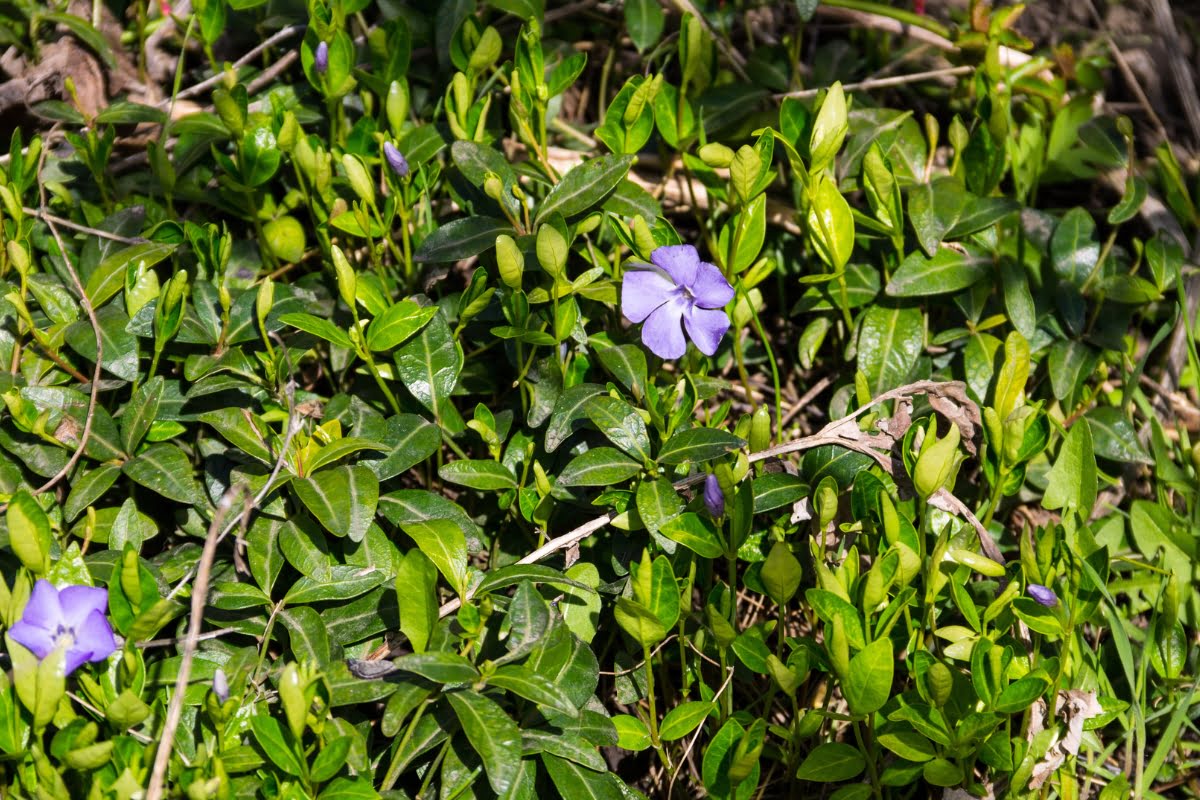
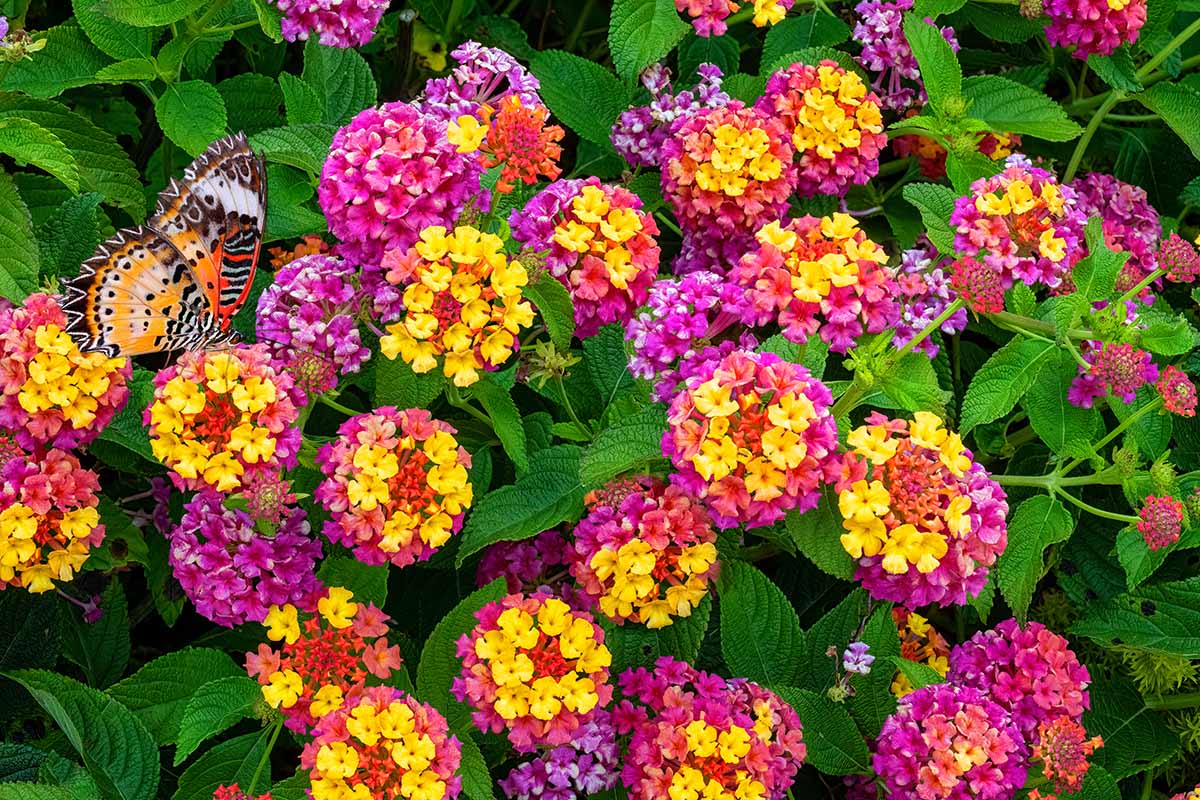
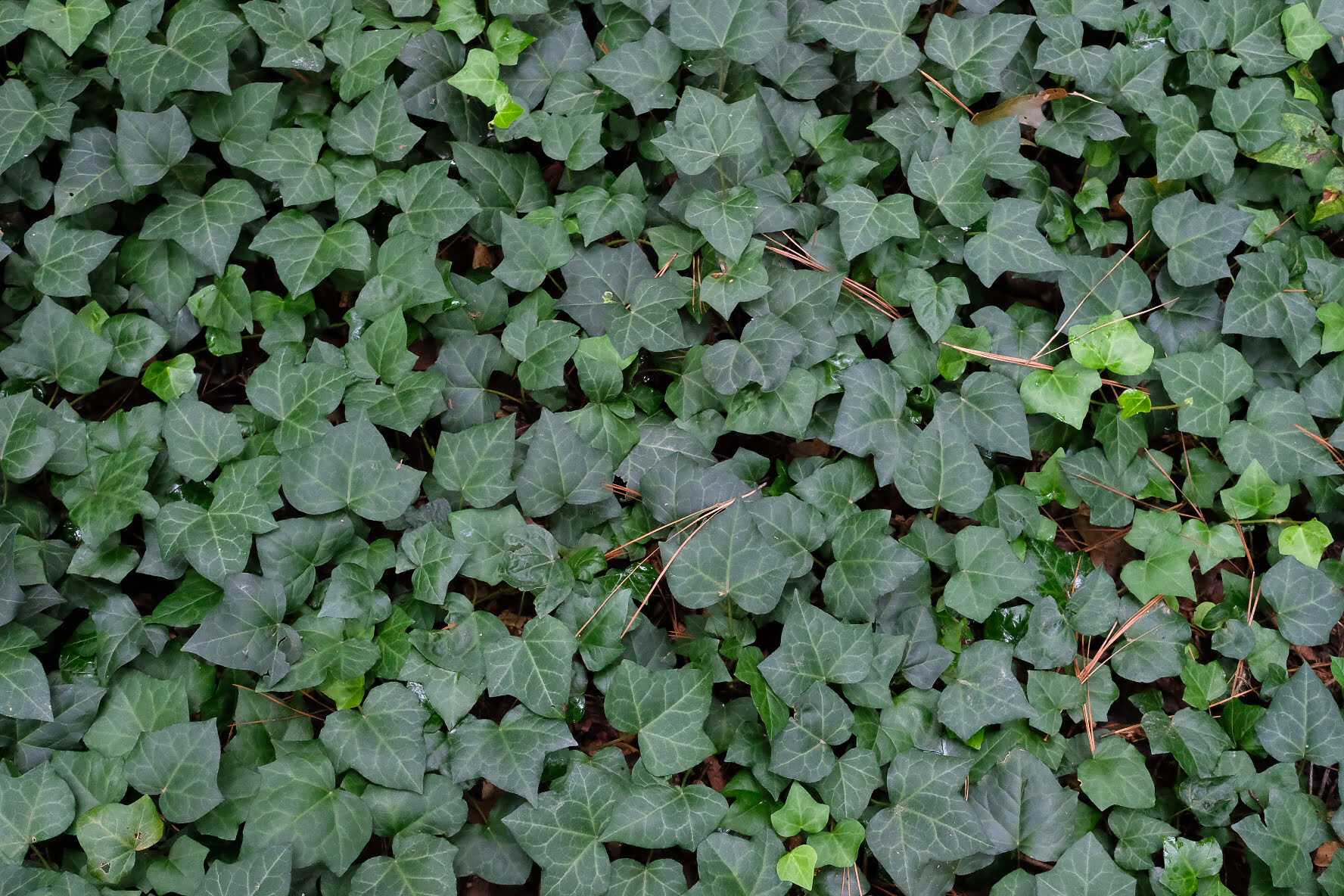
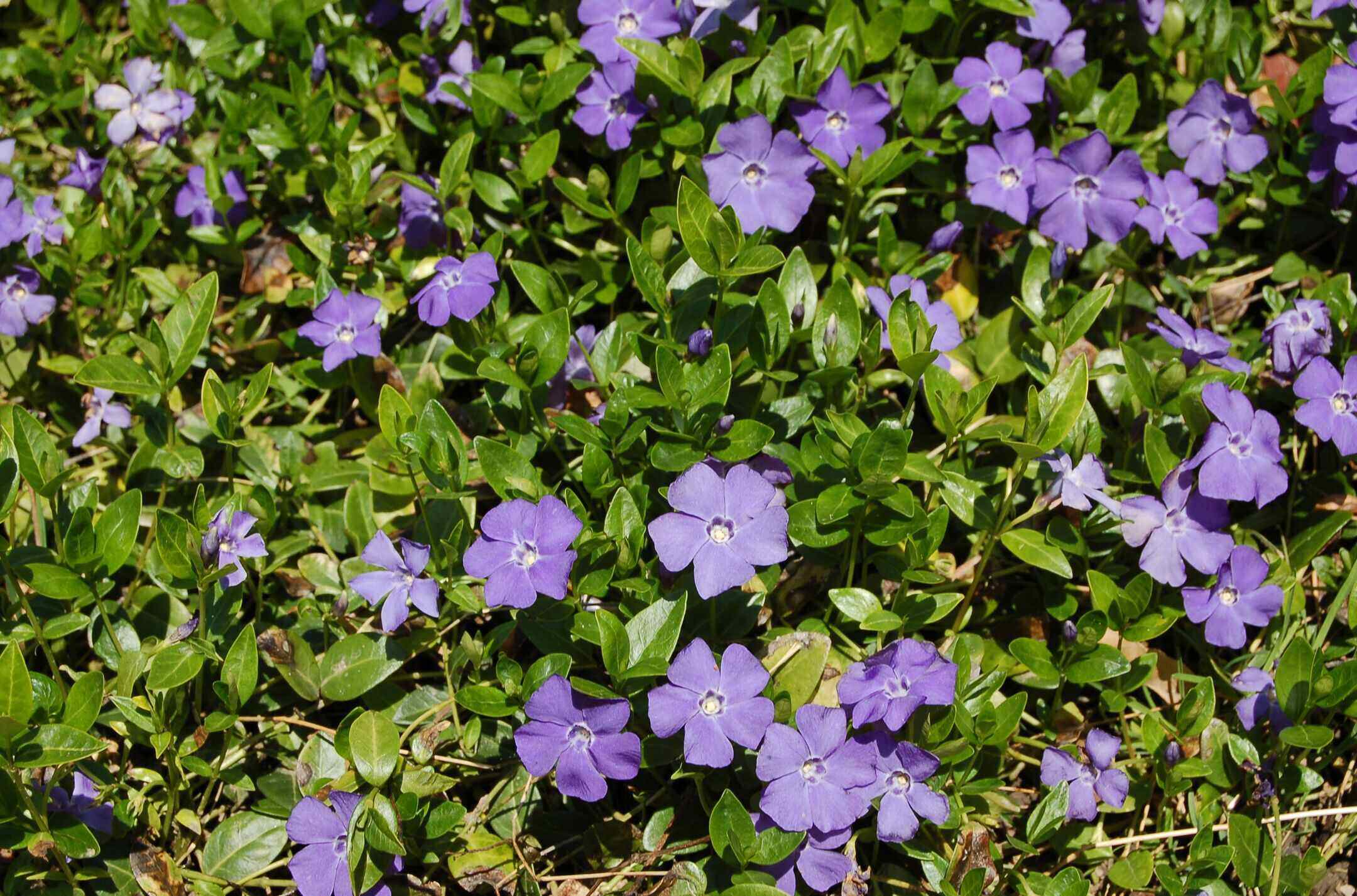

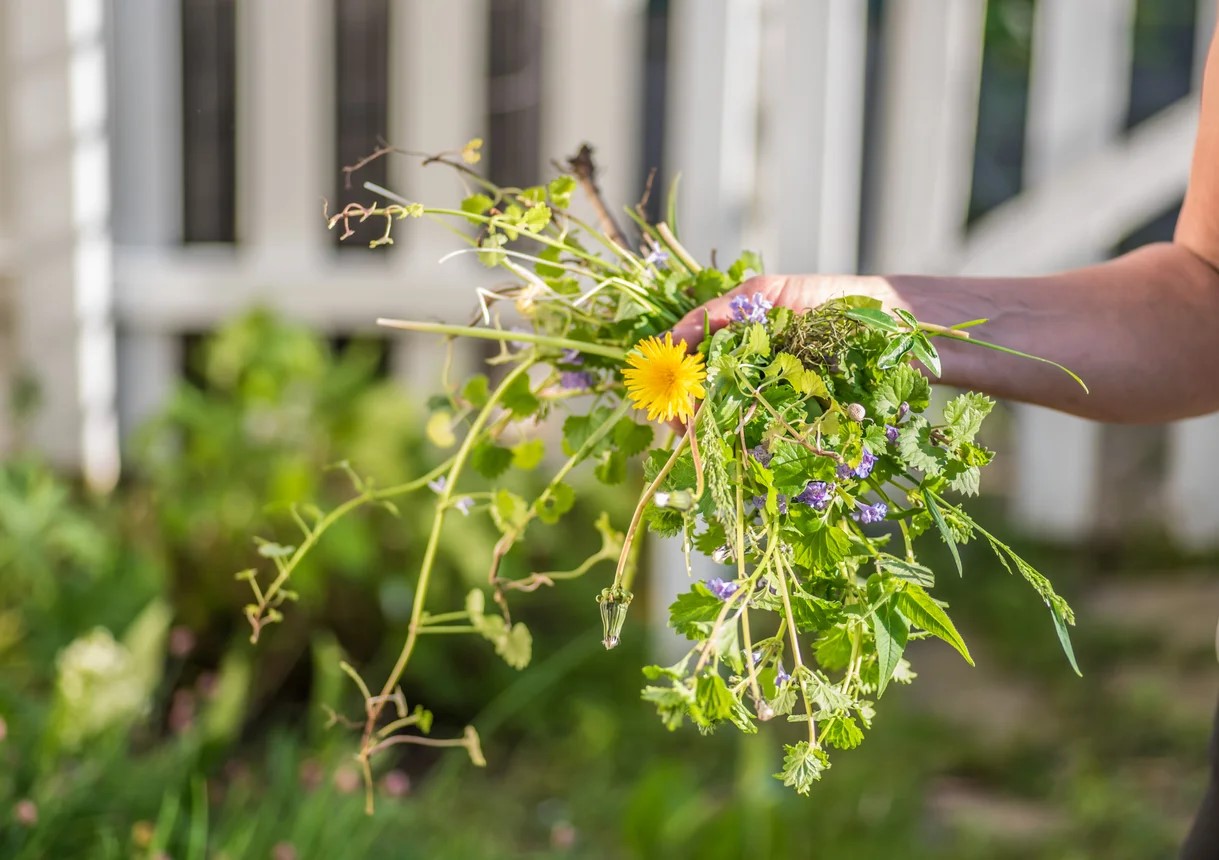
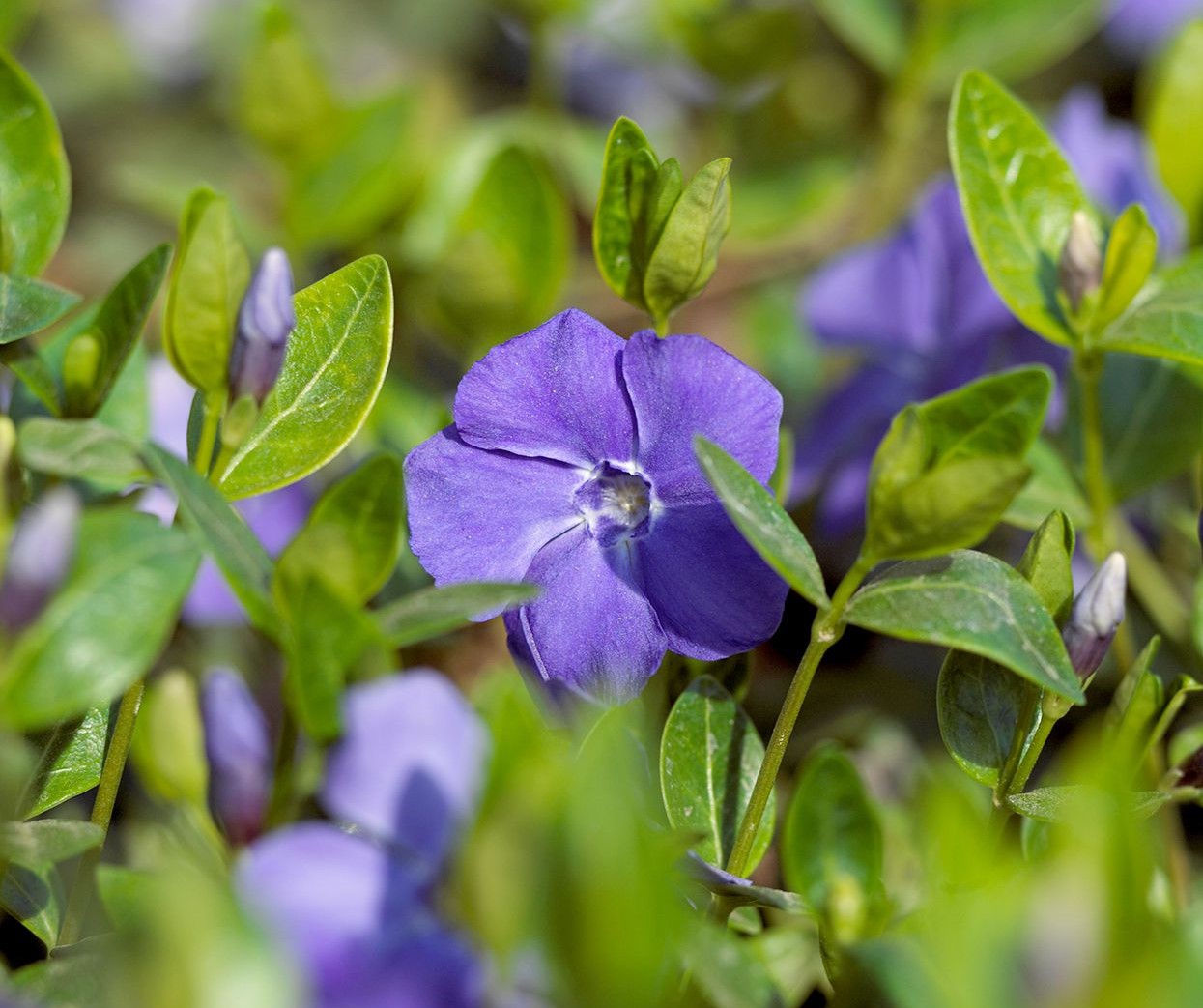
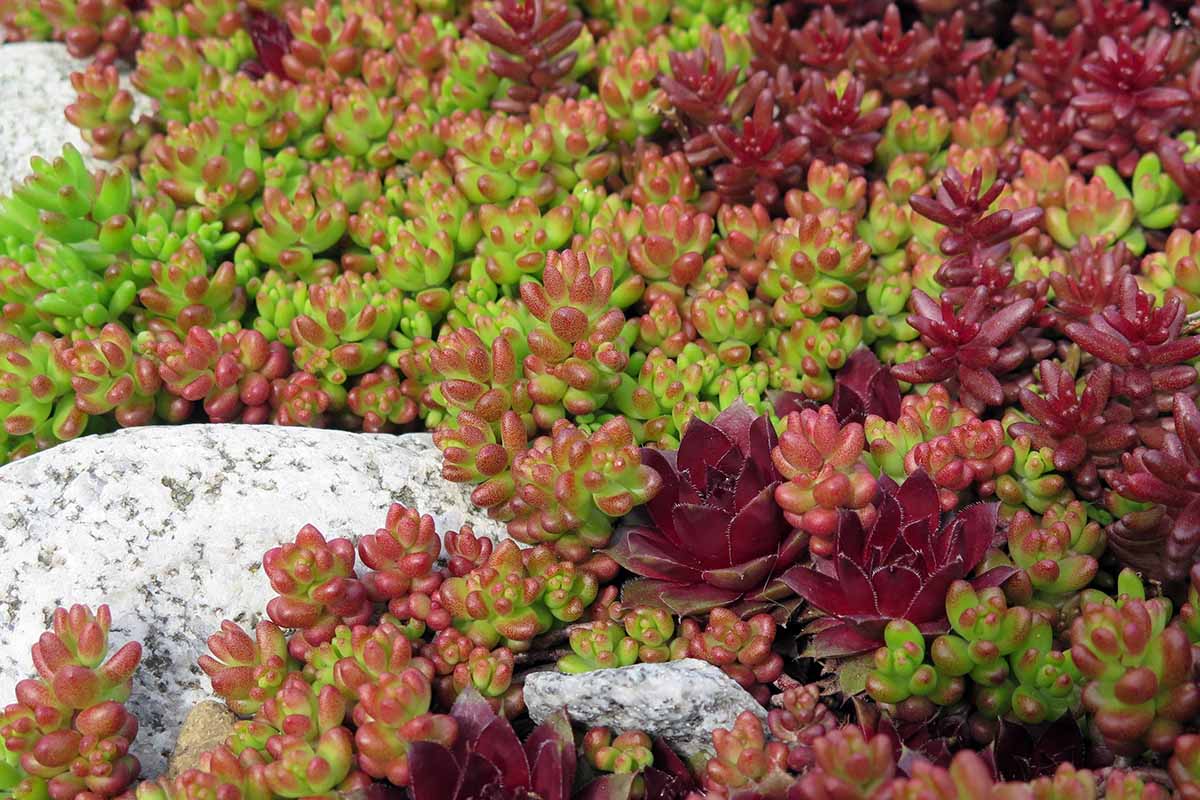
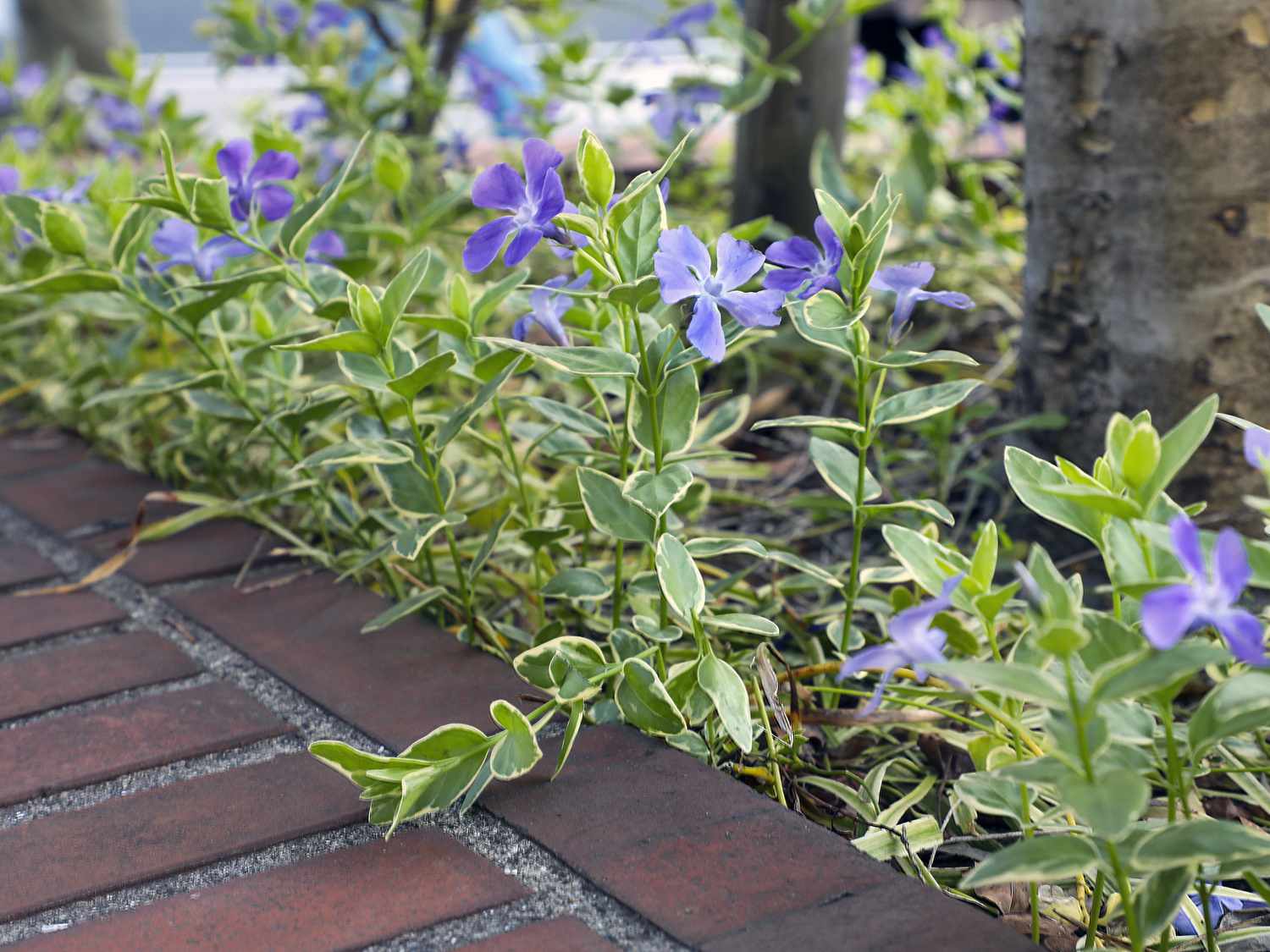

0 thoughts on “How To Use Landscaping Pavers And Ground Cover On A Hill”